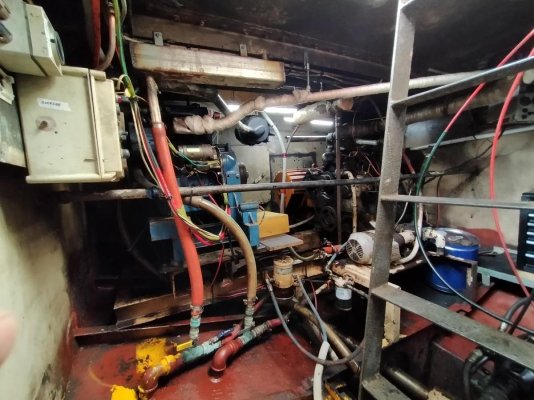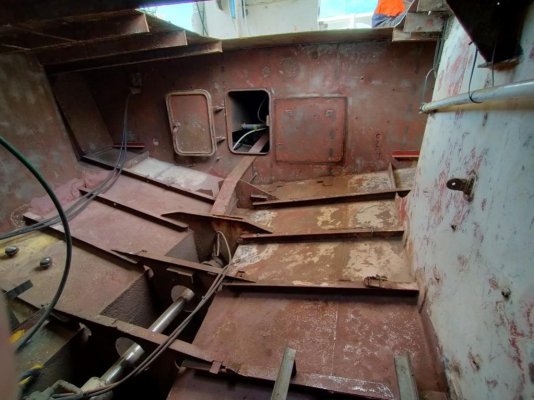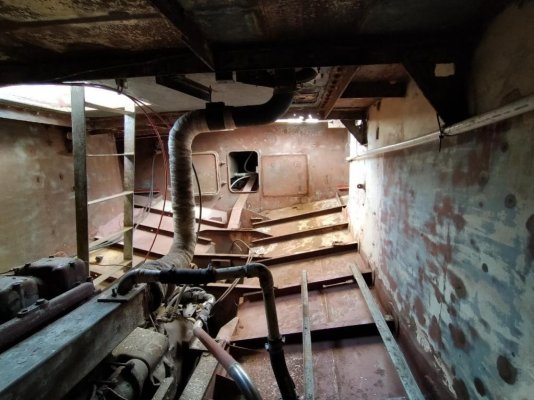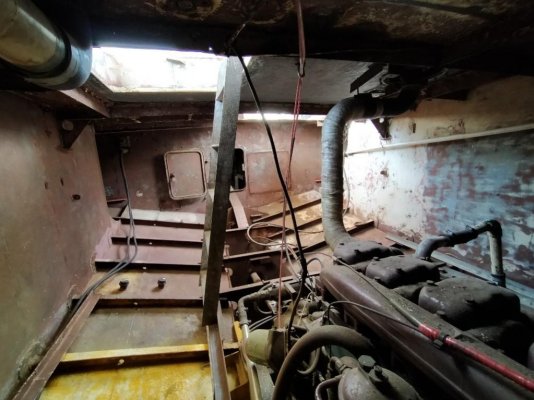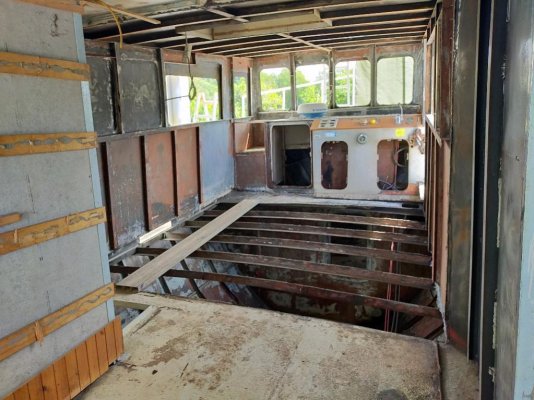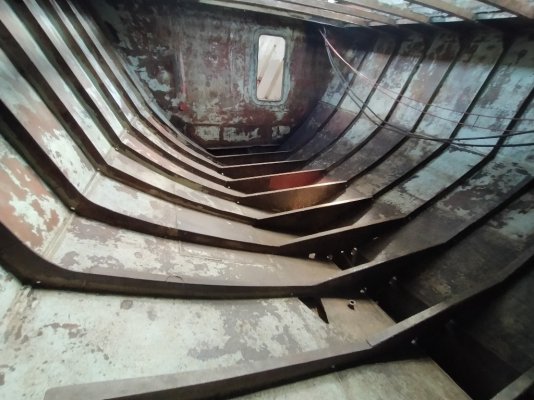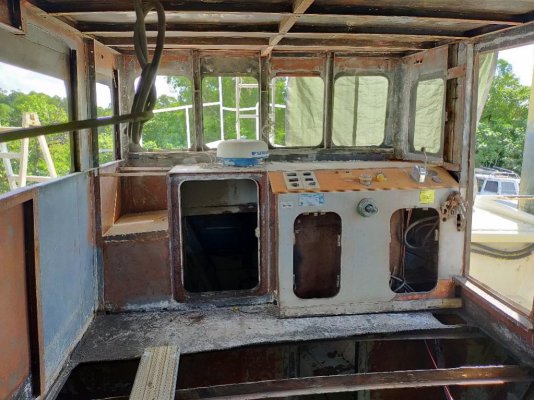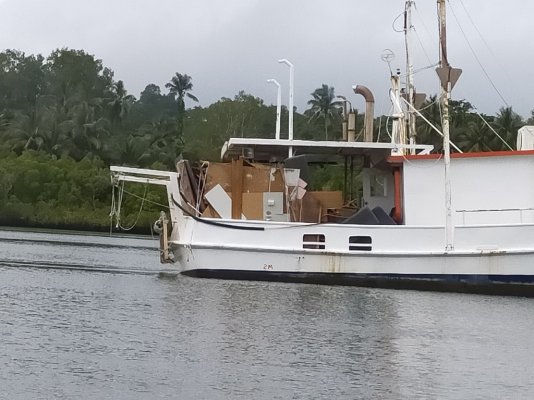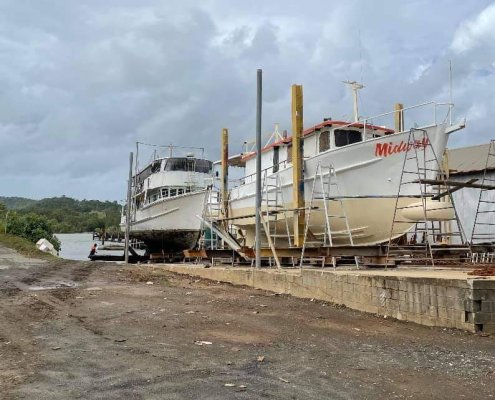Simi 60
Guru
- Joined
- Jul 1, 2016
- Messages
- 5,482
- Location
- Australia
- Vessel Make
- Milkraft 60 converted timber prawn trawler
The predominant charge sources will be 20*250w solar panels
I would love to see how you get that many panels on your roof
I would have thought we had similar roof real-estate, we got 9 on, could probably fit 3 more but 20?

